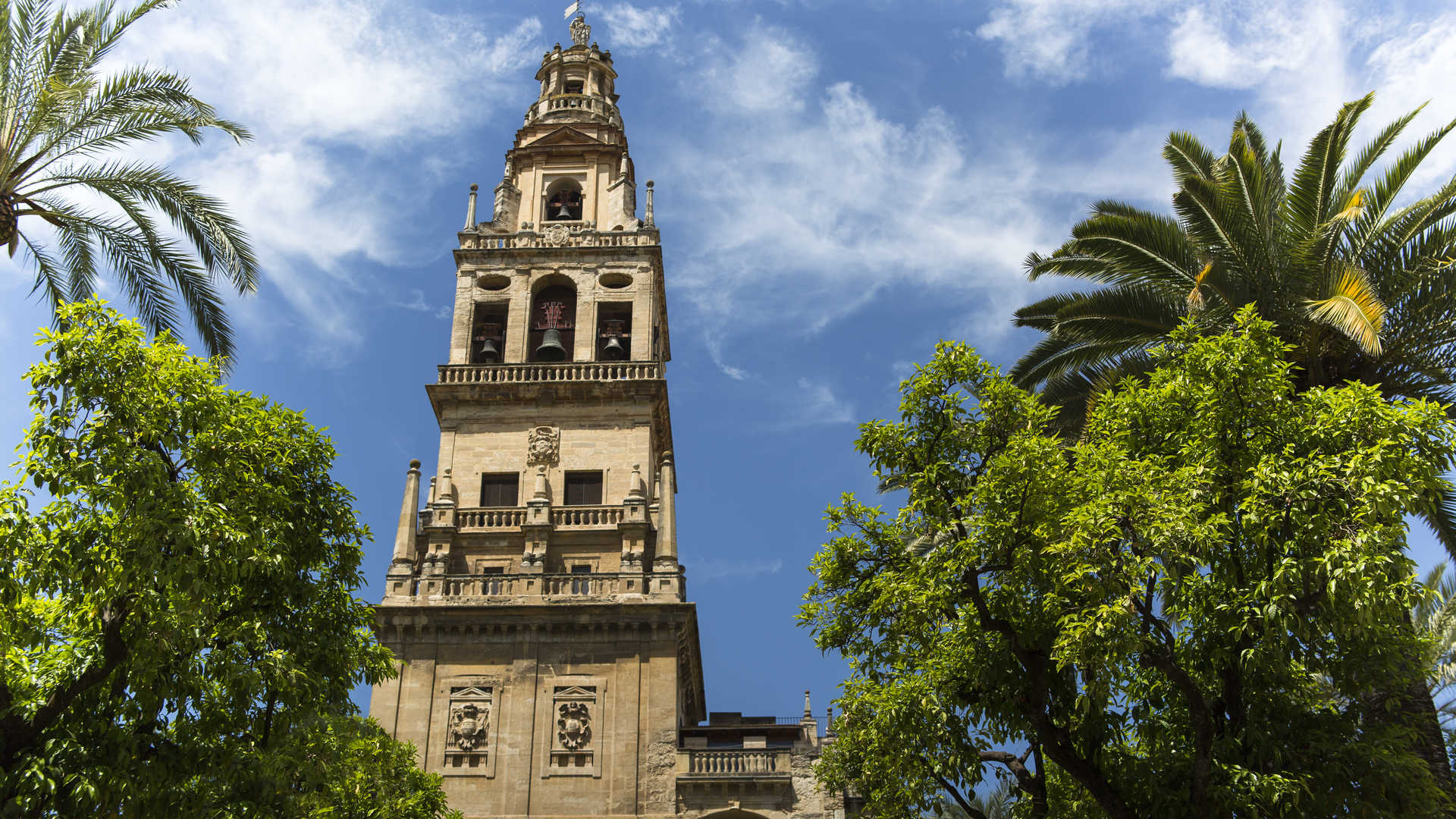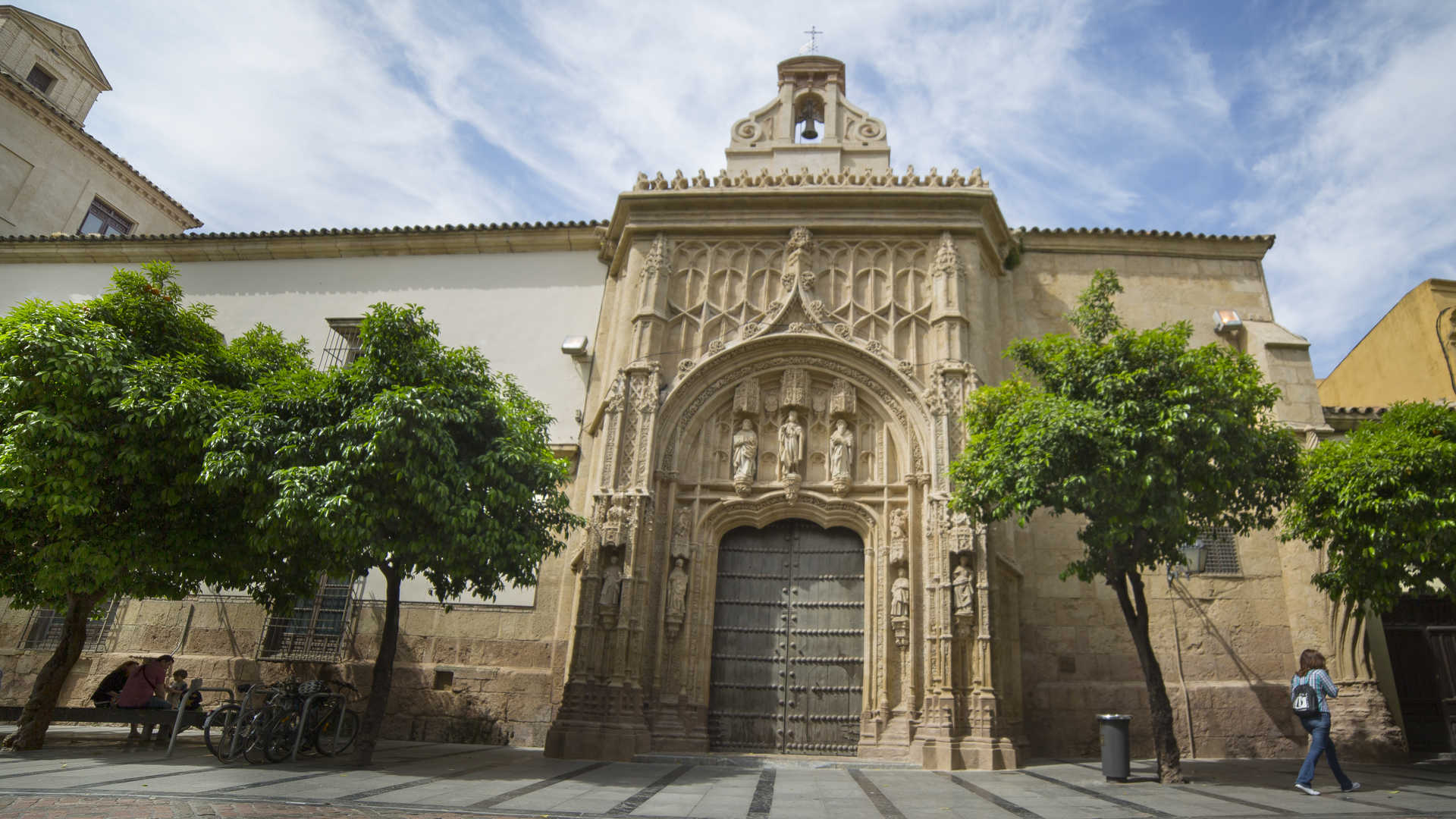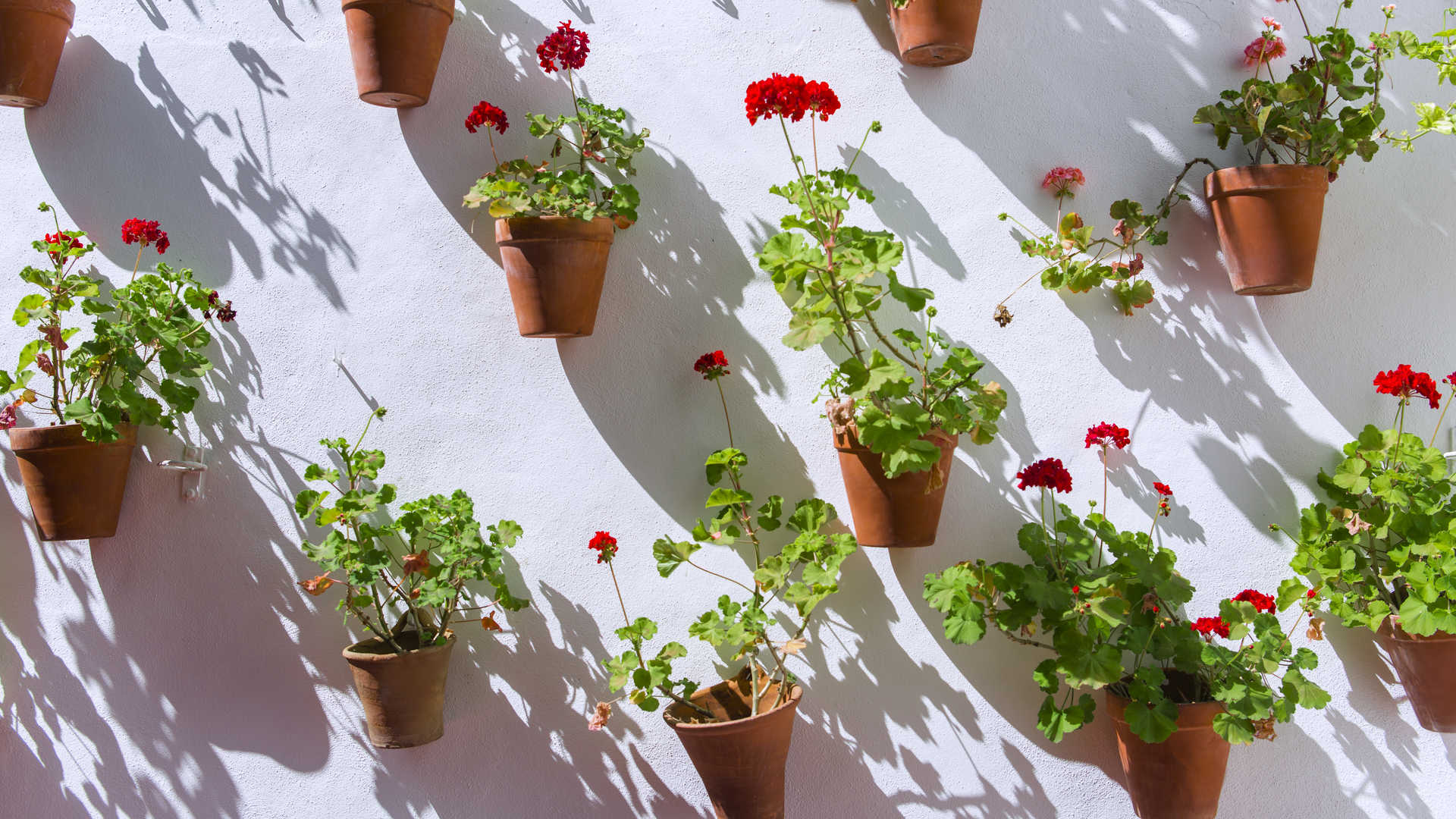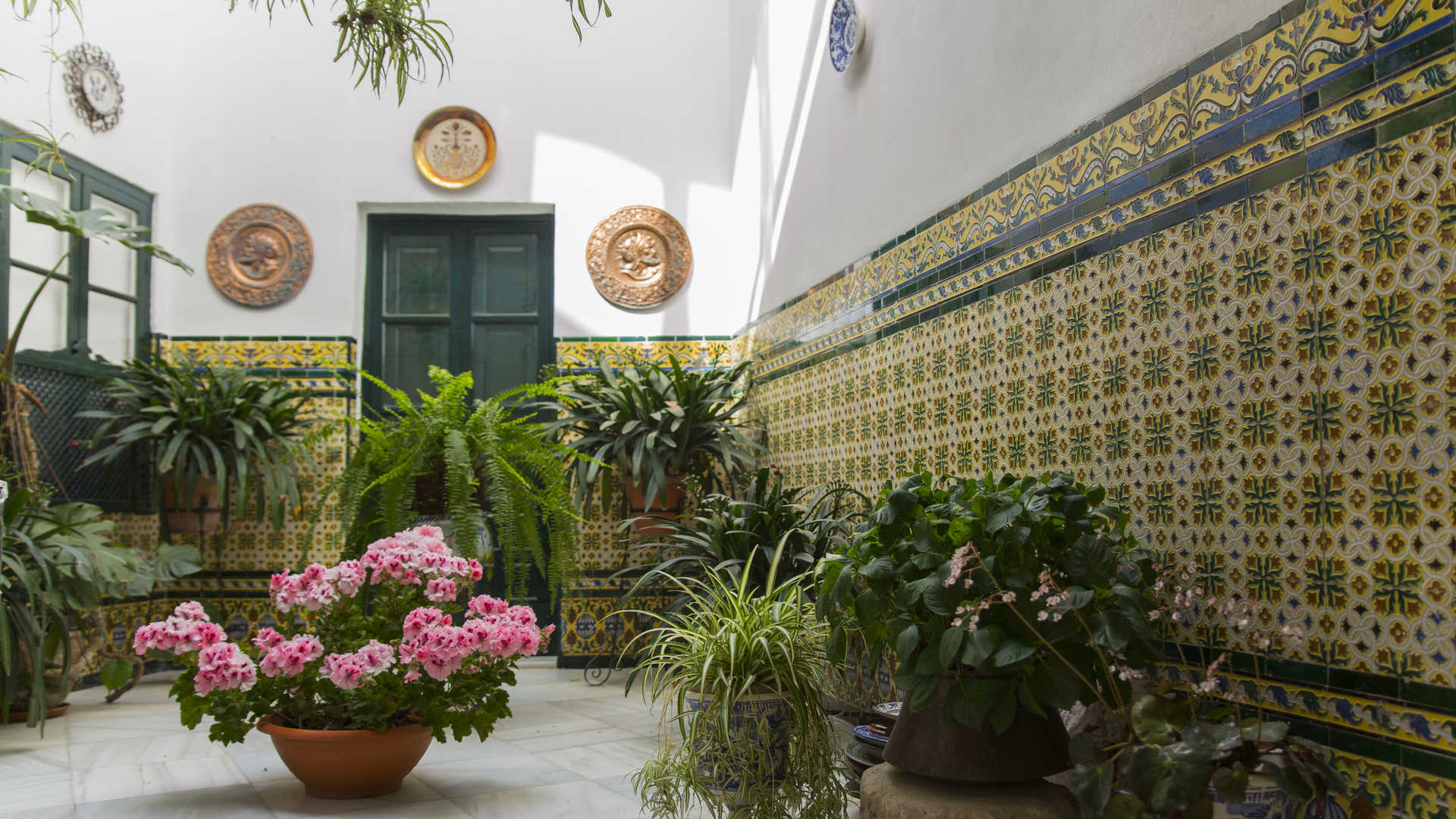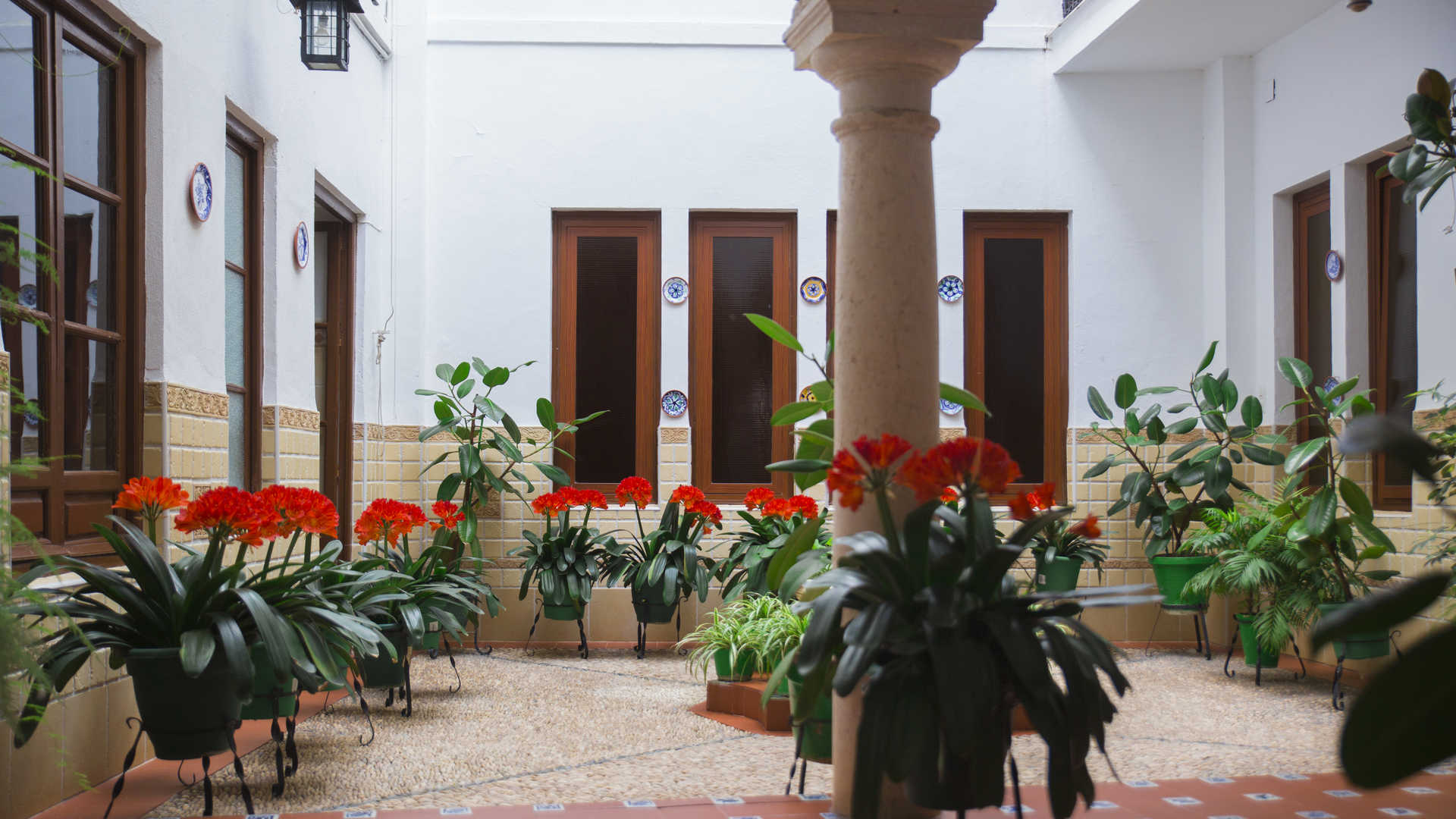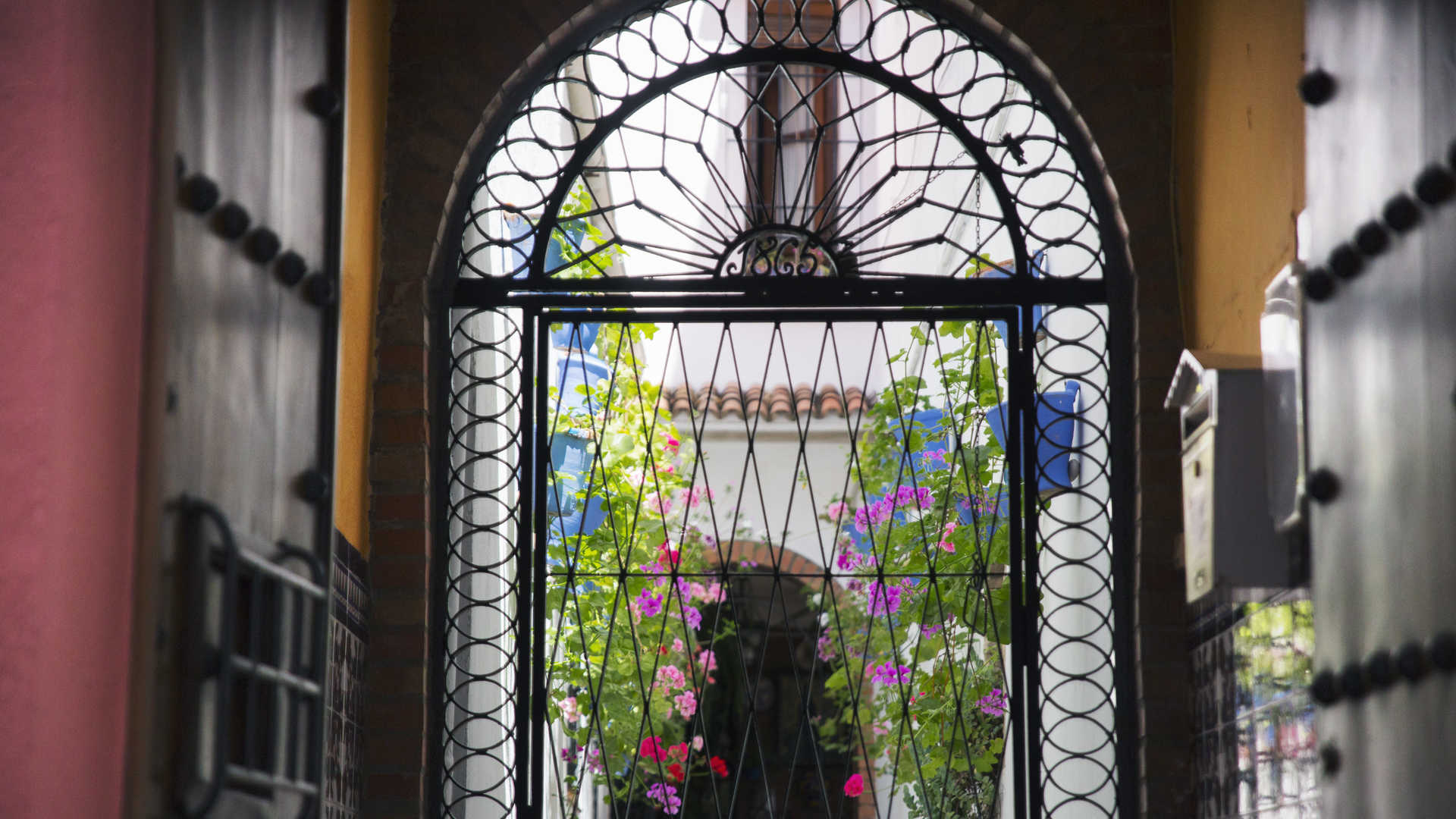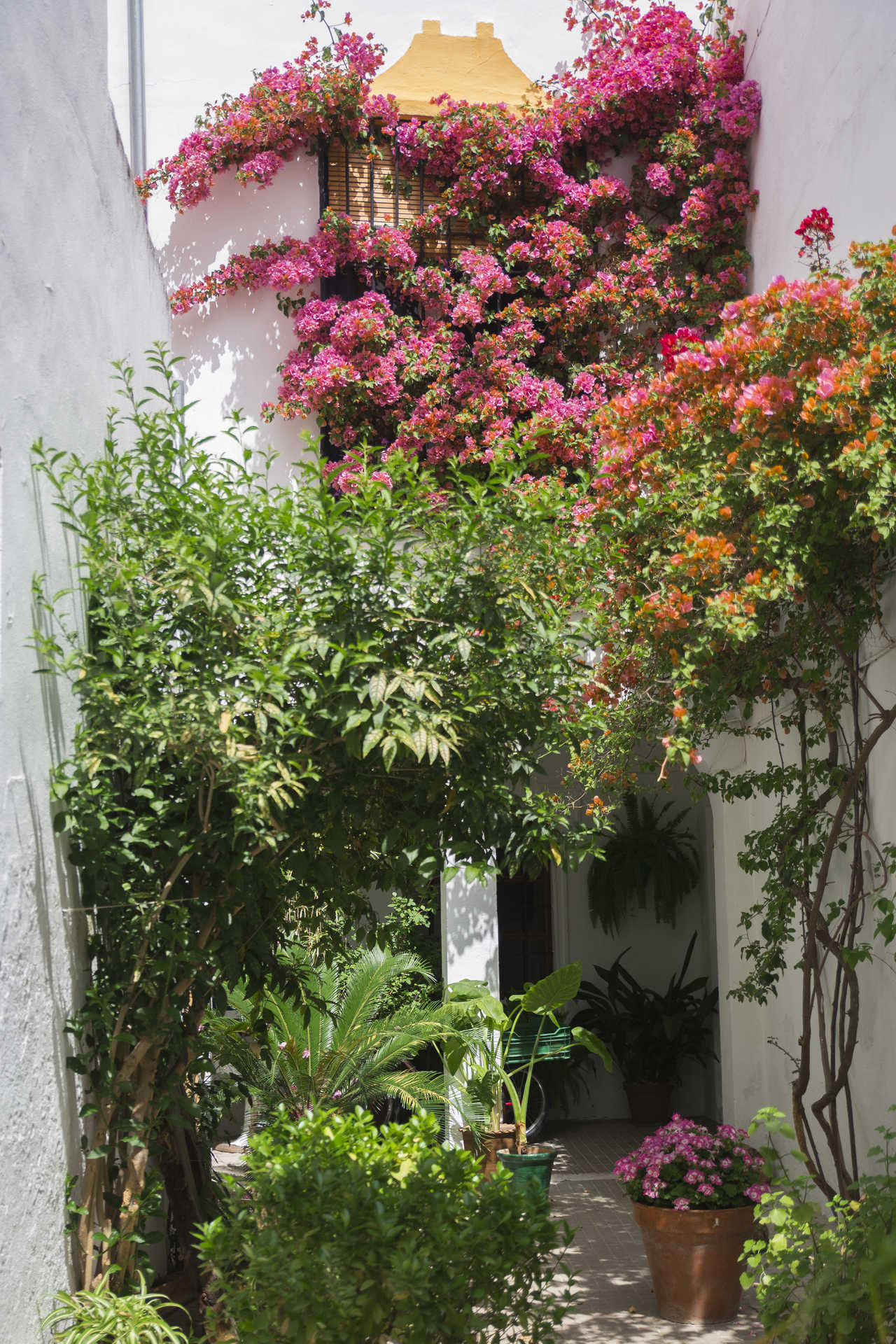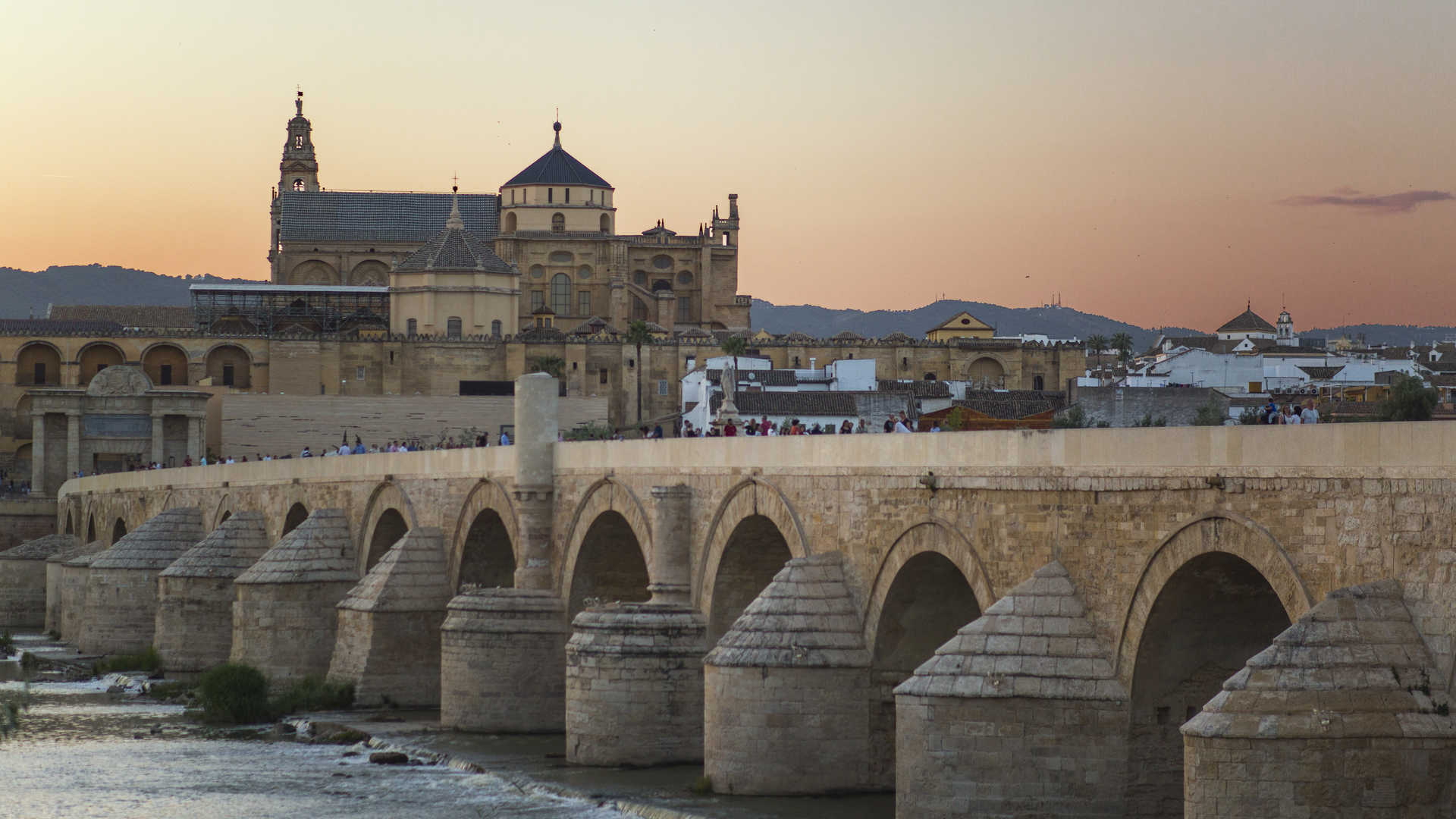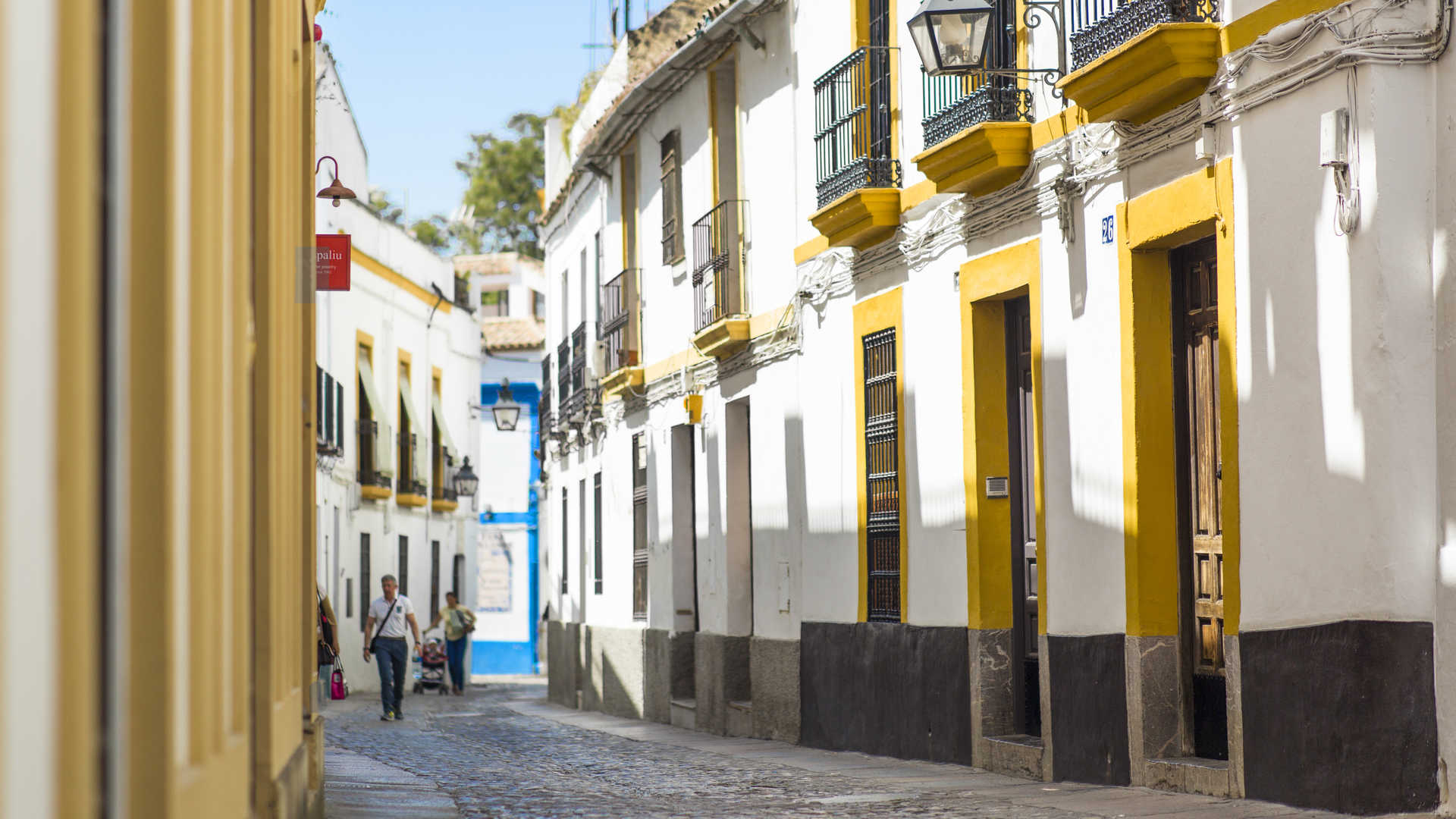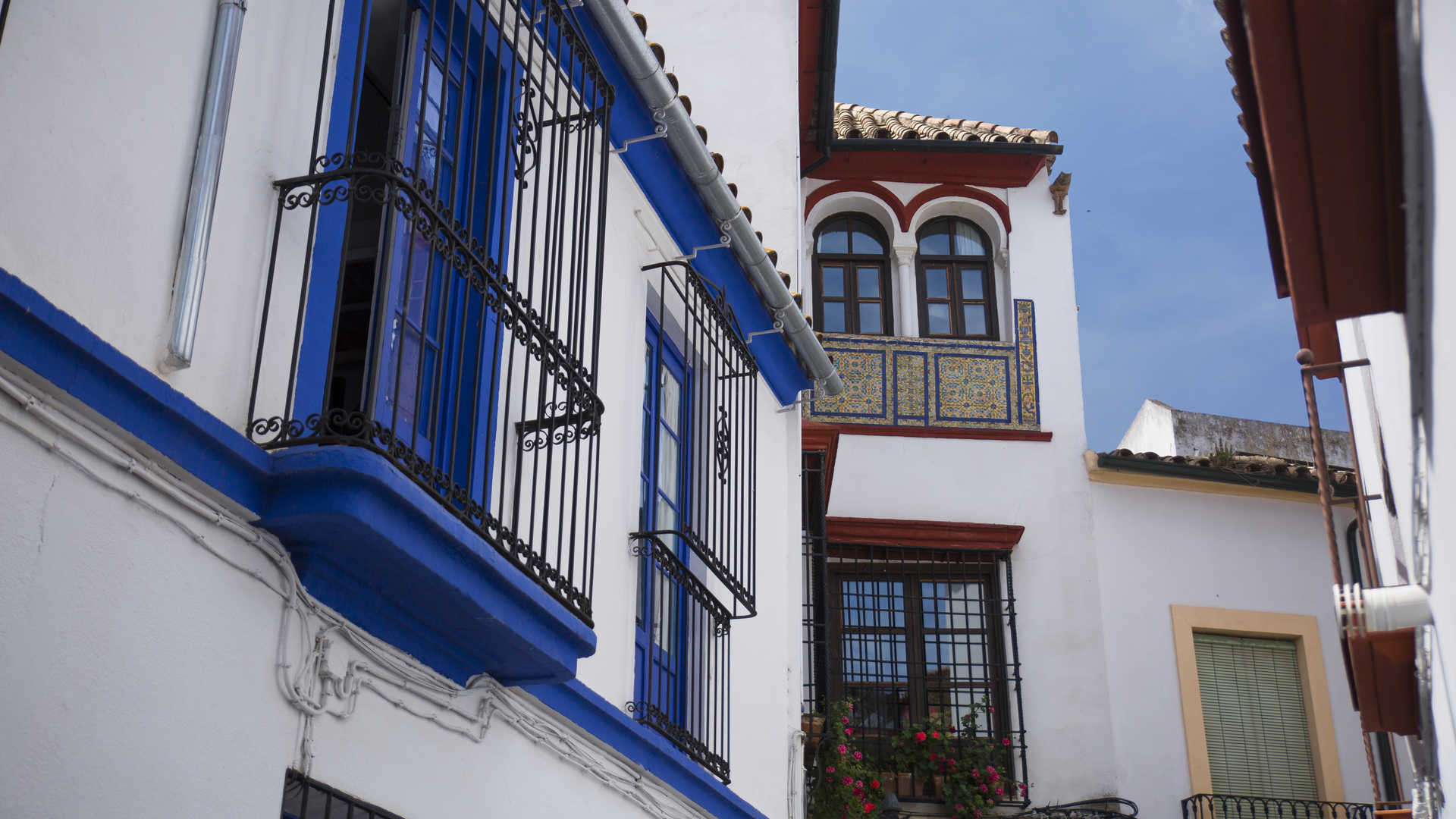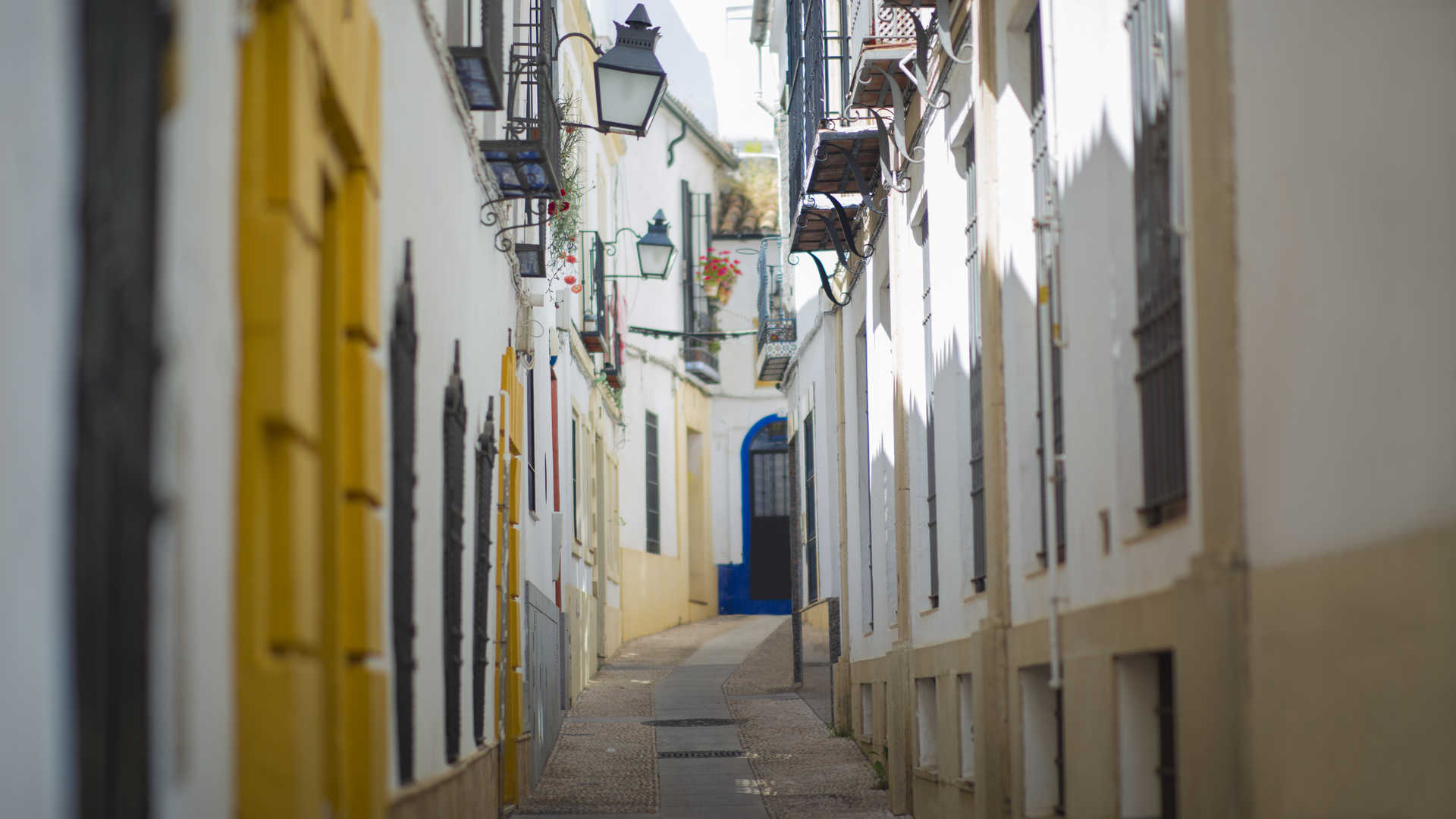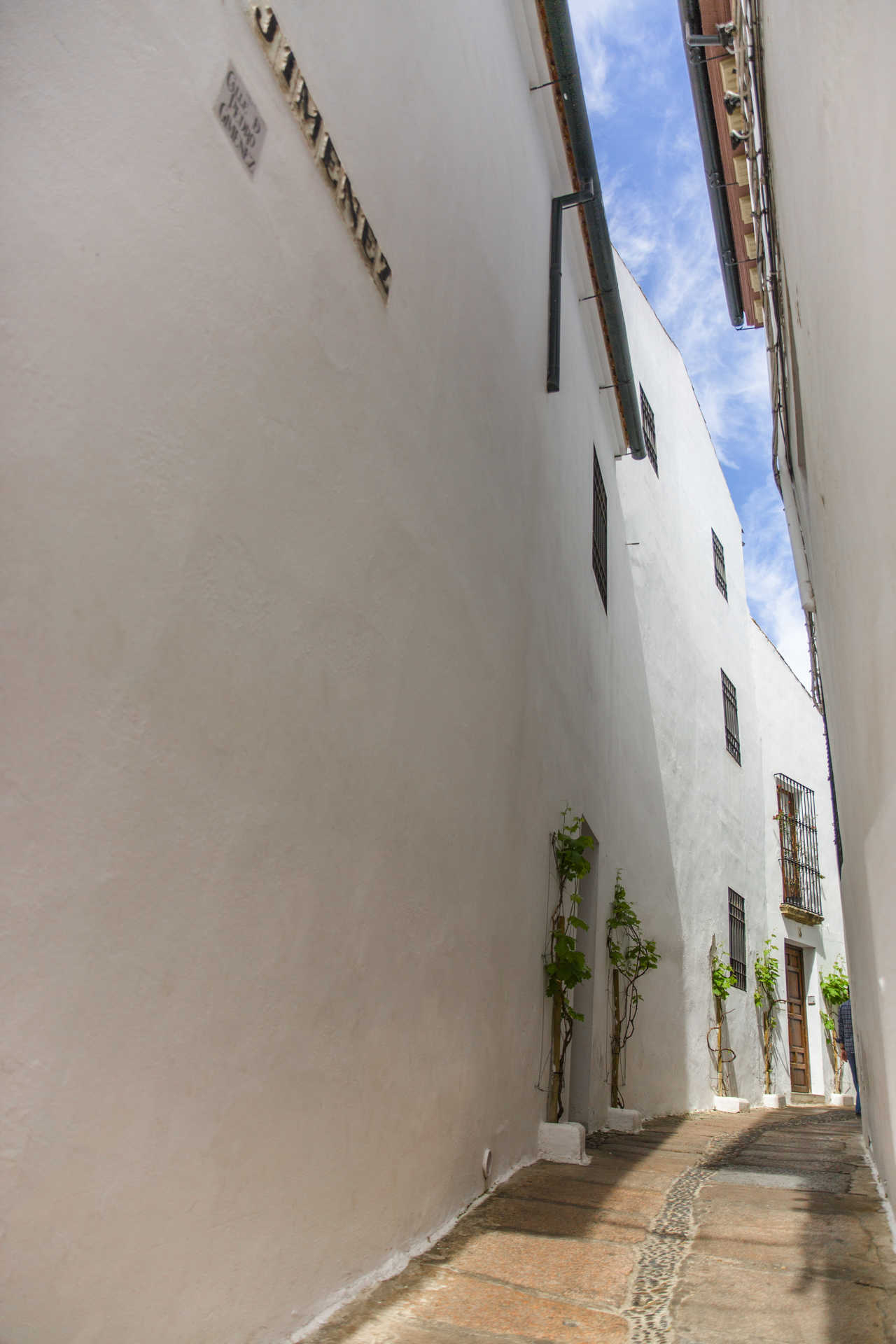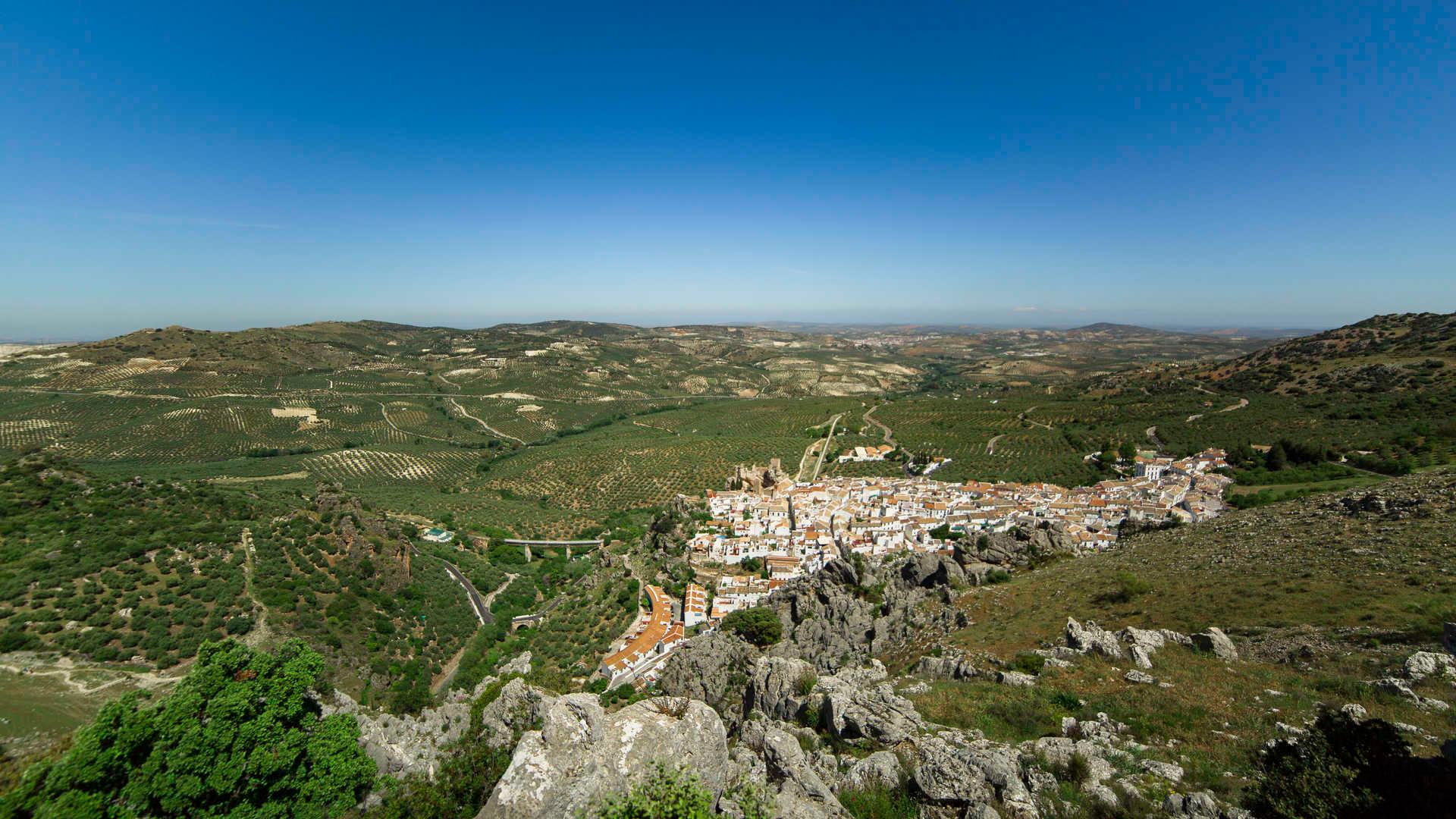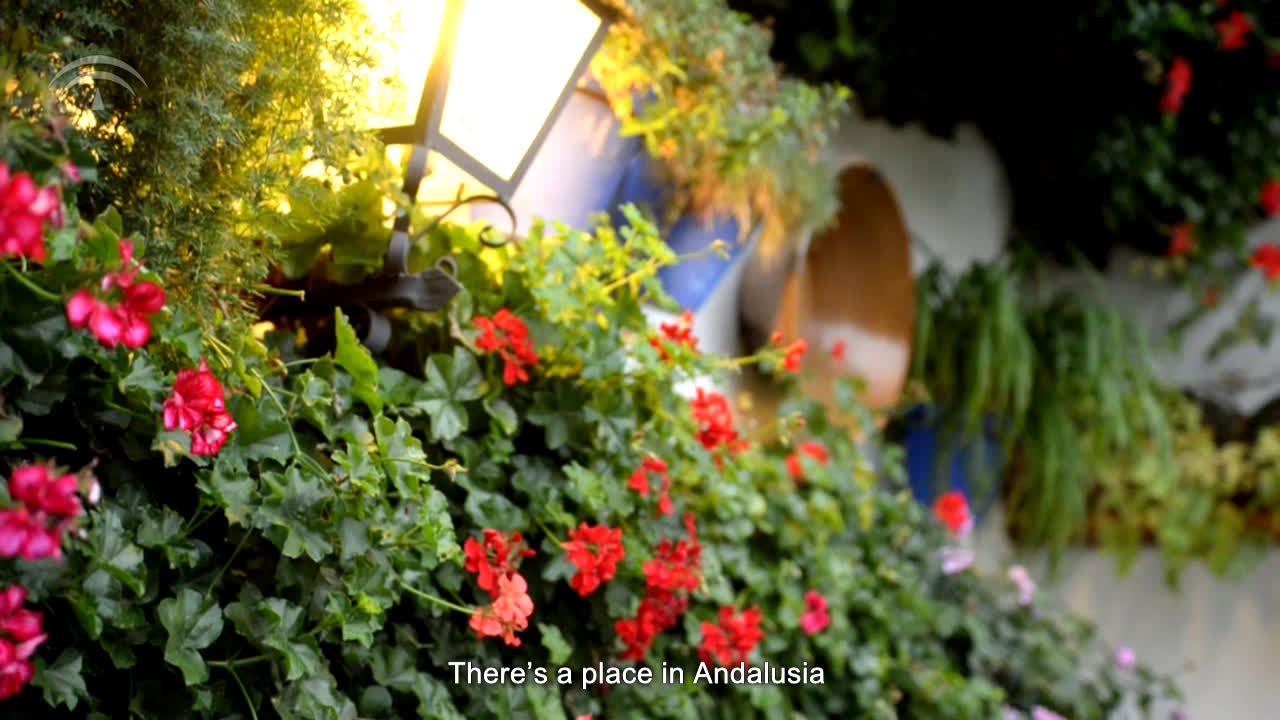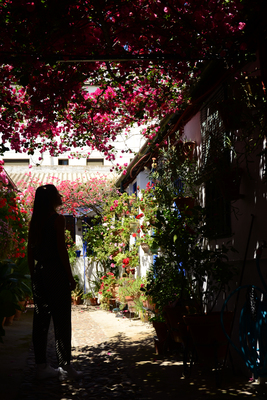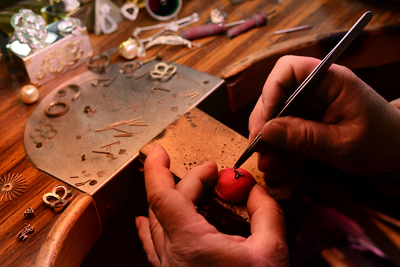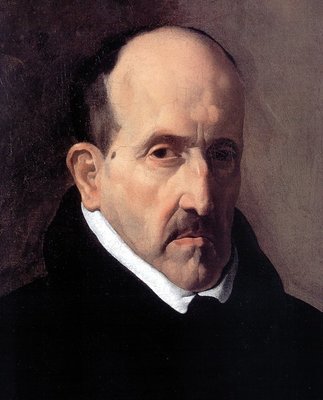The largest World Heritage Site in the world
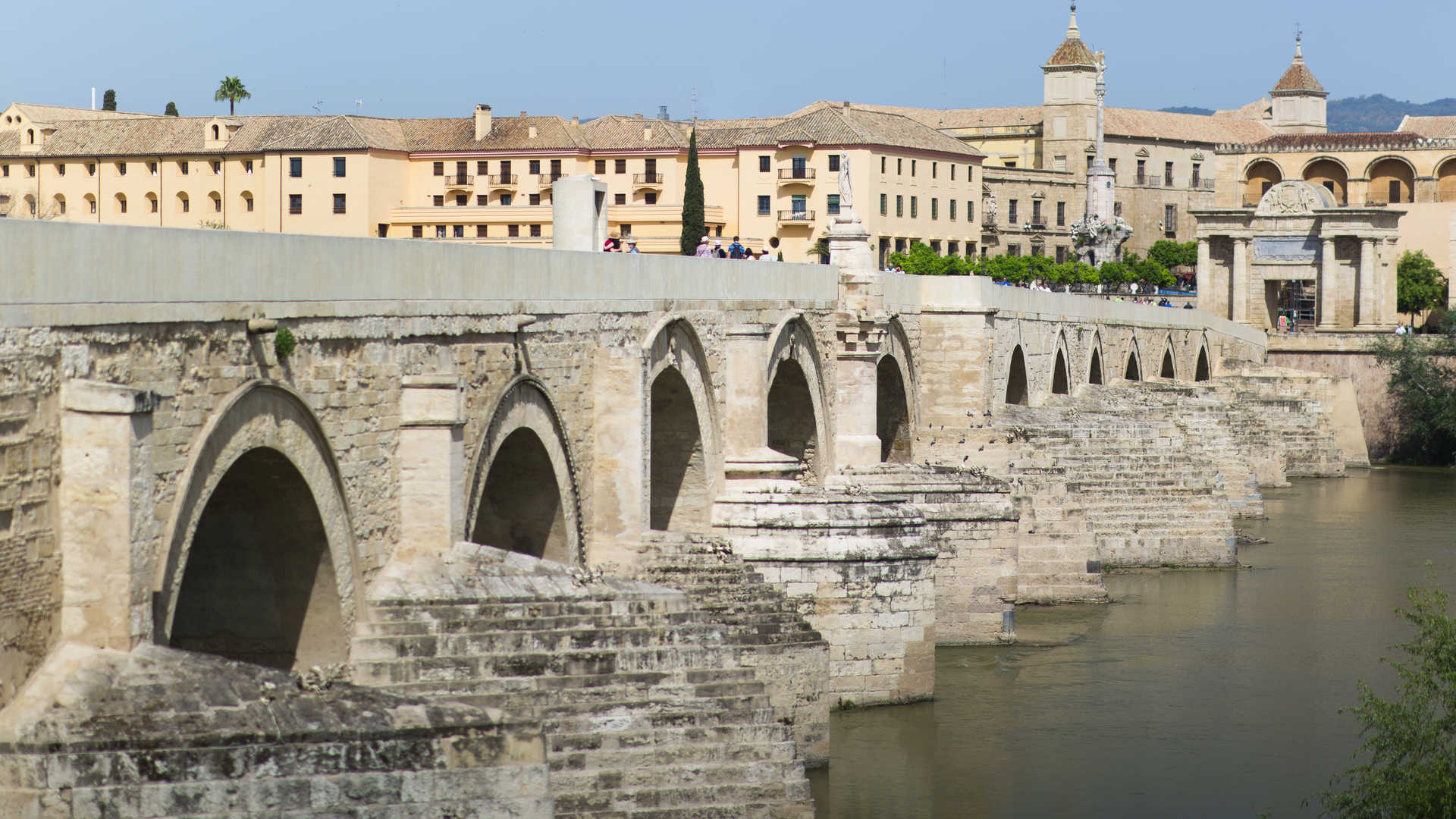
Stroll around the streets in the immense historical town centre of Cordoba. Investigate the monuments, the little corners and the famous patios of this ancient city declared a World Heritage Site.
Immerse yourself in history. You'll love the legacy of the ancient city of Cordoba.
There is so much of Cordoba's past to experience. If you're passionate about history and art then prepare yourself for a second visit. Its heritage as an ancient Roman capital and the Caliphate of Cordoba earned a deserved designation as a World Heritage Site in 1984 because of its historical old town. A stroll through the streets will give you a feeling for its extraordinary past.
The first essential visit is to: the Great Mosque-Cathedral, the most important monument to the Moorish legacy in the western world. Lovers of architecture will be delighted with the blend of styles in which it was built. You can easily distinguish Gothic, Renaissance and Baroque. You can relax contemplating the gardens and the minaret in the arched patio, but the columns and arches in the interior are something you really have to see.
Follow the trail of the monuments. The Alcázar de los Reyes Cristianos, the ancient fortress is another must-see. If you observe closely you'll see the blend of three architectural styles. Here you'll love the beautiful patios, the lush gardens and the Moorish baths.
There is still so much to see on this historical route. The , the synagogue, the Casa de Sefarad, the Guadalquivir Mills, the Roman Bridge and a number of Fernandine churches.

In Cordoba you can travel much further back than the Middle Ages. The Roman Bridge and the Bridge Gateway were built in the 1st century BC. At the end of the bridge stands the Calahorra Tower, a Moorish fortress that protected the entrance to the city.
Cordoba is a maze of streets. Explore the patios and the beautiful little hidden corners.
There are so many streets and alleyways to see. The essence of Cordoba is to wander through the streets, stopping every once in a while and then continuing along the way. The "Calleja de las Flores" (Street of Flowers) is a classical example, it is as its name suggests, bursting with flowers. You should enjoy this area as you find it, and you really should take your time.
Most of the restaurants in the area serve tapas and traditional cuisine. Bodegas Mezquita Corregidor, opposite the monument which gives it its name, and Casa Pepe de la Judería a just two of the many places serving typical local cuisine, like Cordoba "flamenquín" (fried pork and cheese roll) and aubergines with cane honey.
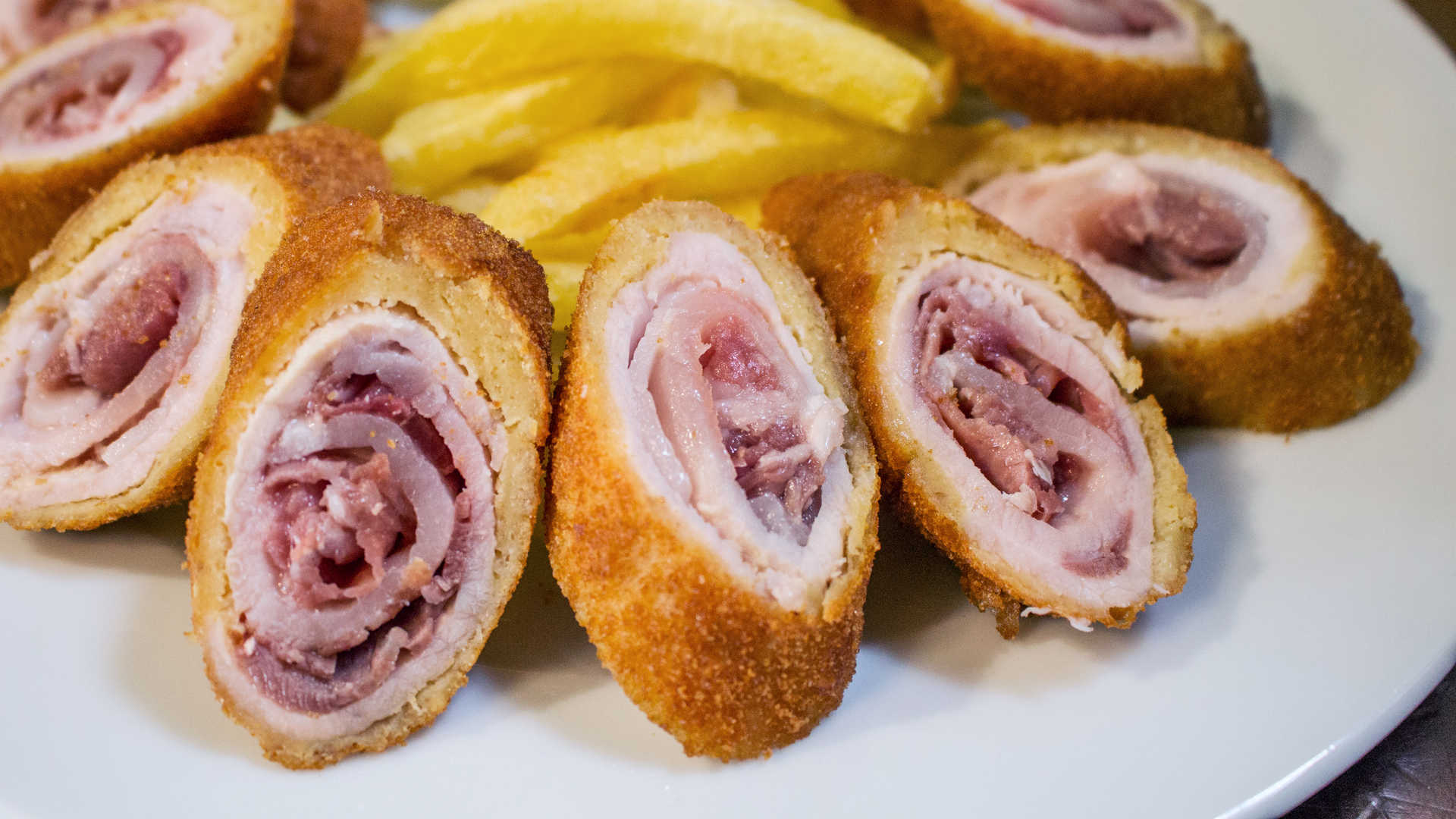
If you need more reasons for returning to Cordoba: private patios. Some are open and others are not, you'll be fascinated by the patios in Cordoba because of their beauty and how well they are cared for by the owners. It becomes a kind of game to get to see them all.
The city will leave you with high expectations, but still you can still go one step further. Watching the sunset while sitting on the grass beside the Calahorra Tower, or from the Roman Bridge, is a wonderful way of taking advantage of the last moments of daylight.

